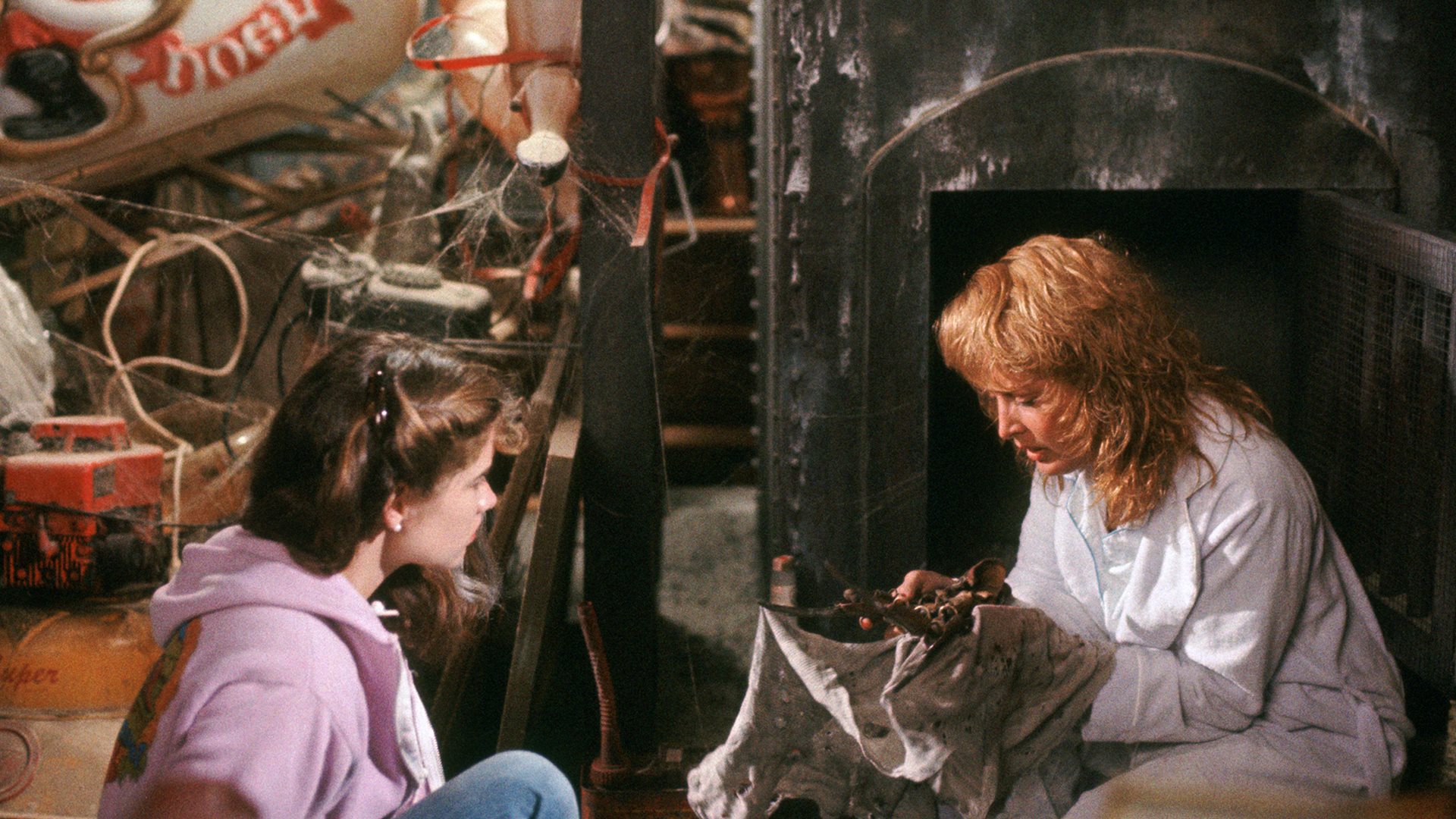Table of Contents Show
A Nightmare on Elm Street was released to the public in 1984 and was met with financial success. Many teenagers at the time were afraid of Wes Craven’s creation, so much so that many of them couldn’t fall asleep. Everyone loved the horror icon Freddy Krueger so much that he was everywhere at the time. The film had many aspects that terrified and scared teenagers for generations to come. The inspiration of Freddy, along with his powers, the special effects, and the phycological horror elements throughout the film, led to the series’ success. These aspects come together to create one of the ’80s most viewed films; it also breathed new life into the horror genre.
Wes Craven
Wes Craven was already well established in the horror genre, releasing a film with his friend, Sean S. Cunningham known as The Last House On The Left (1972). This film was the first feature of both Craven and Cunningham, and it was as graphic and exploitative as it can get. It was about two girls in the woods who are trapped in a house where psychopaths torture them. The success of the film led to another exploitative classic, The Hills Have Eyes (1977). With another smash hit, Wes Craven created other films throughout the ’70s.
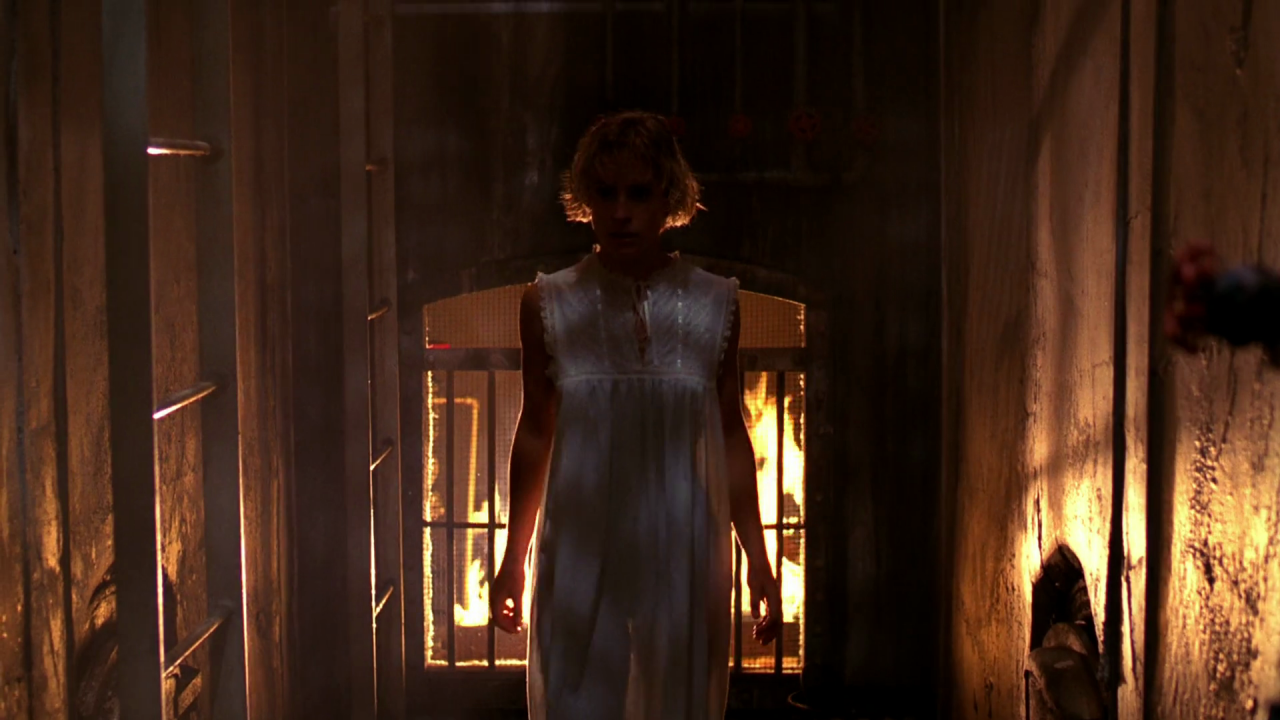
Unfortunately, many of the films at the time were not a success like Craven was hoping for. He had to start directing Made-For-TV movies like Made From Hell (1984). Wes Craven needed a finical hit on his hand after the cancelation of his film The Hills Have Eyes 2 (1984). It was not until Wes Craven read an article in the LA Times did he have an idea that would change horror history.
Before The Nightmare: The Horror Genre Before Freddy
Before the infamous slasher Freddy Krueger, the horror industry was running out of steam. The genre was oversaturated with slasher films that all followed the same basic premise, beat-for-beat. Wes Craven, at the time, just came off writing The Hills Of Eyes 2 (1984) and needed a success.
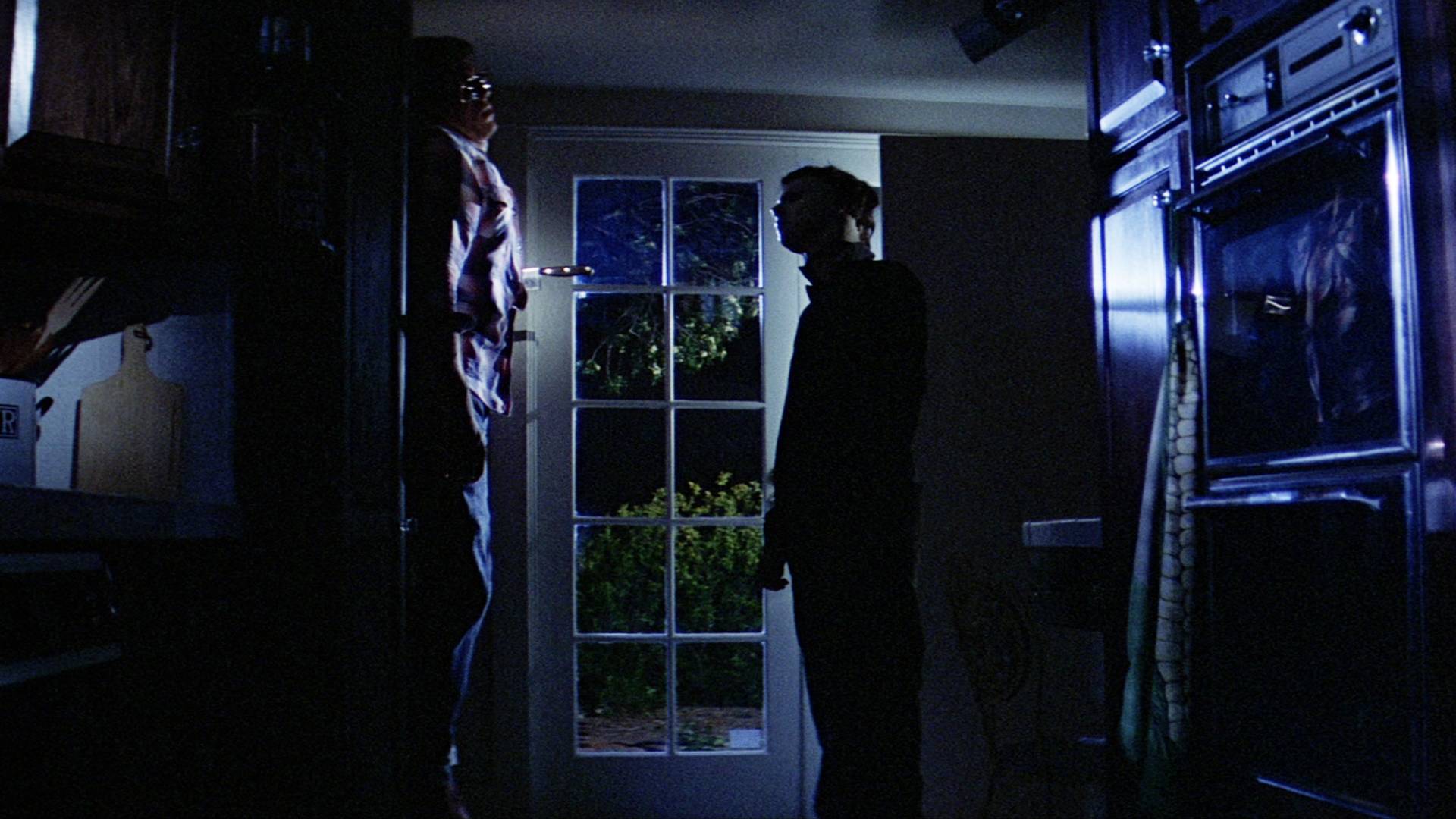
During the early ’70s, the horror genre wasn’t as well defined as it is today; that’s because of how shocking the films were like The Exorcist (1973). Many were low budget and exploitative, like The Texas Chainsaw Massacre (1974), where they were shown in a grindhouse theater late at night. It was not until John Carpenter released his independent hit Halloween (1978) that horror started to become mainstream. Many directors saw the success and were inspired to create their own slasher film.
One of these directors was Sean S. Cunningham, who released his slasher film Friday the 13th (1980). The film saw massive success similar to John Carpenter’s film, and it showed many studios that this type of movie could be replicated to gain financial success. Many of these films were being made rapidly with very little variety. The films all seemed clones of Halloween (1978) and Friday the 13th (1980), where a masked killer stalked a bunch of teenagers looking to party. The horror genre seemed to be running out of steam, that is until Wes Craven threw his hat into the ring.
A Nightmare On Elm Street (1984)
Wes Craven was inspired to create A Nightmare on Elm Street (1984) after reading an article in the LA Times about refugees from South East Asia dying within their sleep after suffering horrible nightmares. They tried to stay awake as long as they, but once they did sleep, they mysteriously died within their slumber (( Khan, Shakir. “Is ‘A Nightmare on Elm Street’ Based on a True Story? Know Inspiration behind Fred Krueger.” Republic World, Republic World, 5 Apr. 2021. )).
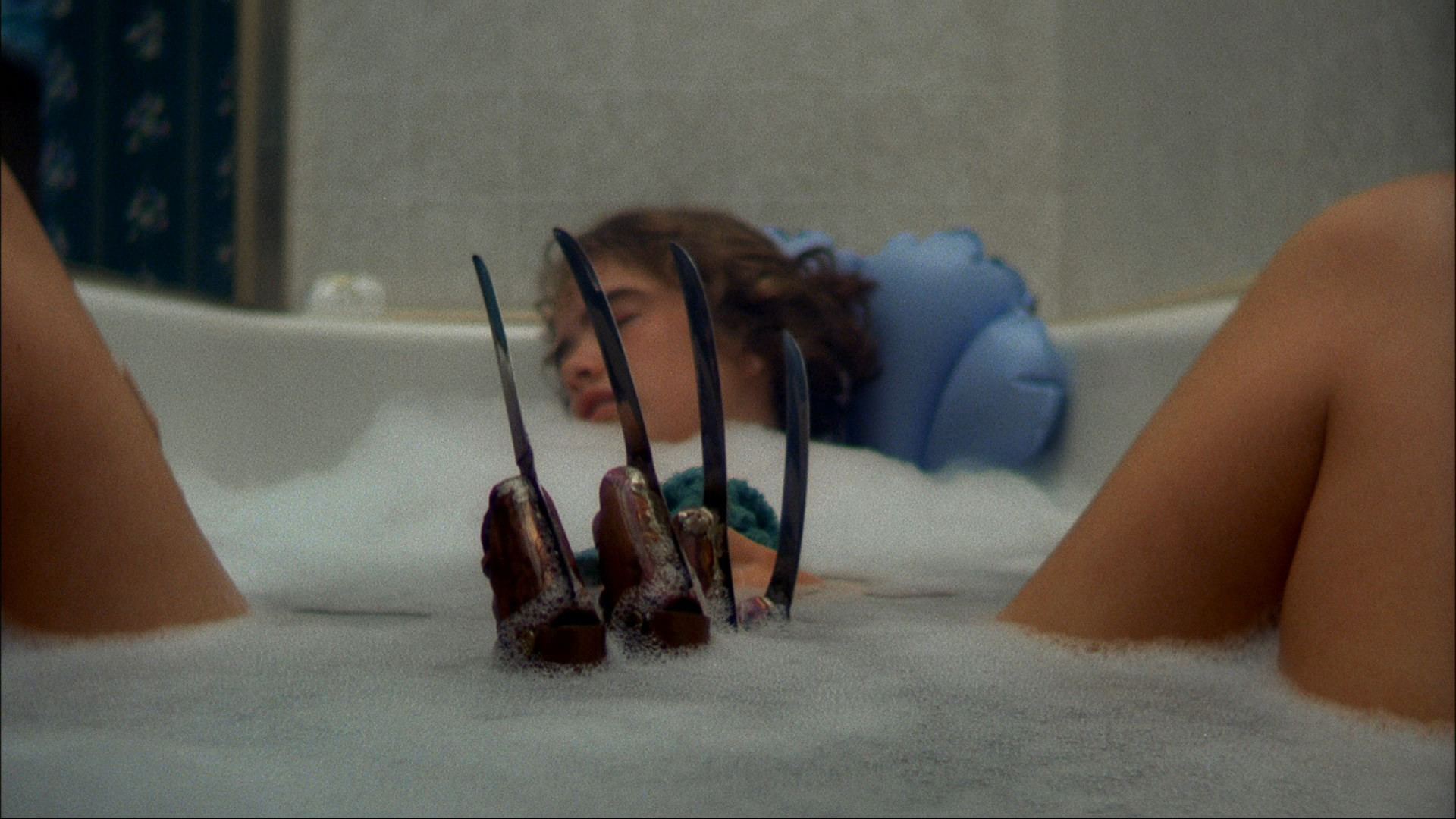
The cases were prevalent throughout the ’70s and earned the title “Asian Death Syndrome,” later known as Sudden Unexplained Nocturnal Death Syndrome (SUNDS), by medical professionals. It is “a disorder found in southeast Asia, particularly Thailand, Japan, Philippines, and Cambodia, which causes sudden cardiac death (usually in males) during sleep (1–3).” (( Human Molecular Genetics. “Genetic and Biophysical Basis of Sudden Unexplained Nocturnal Death Syndrome (SUNDS), a Disease Allelic to Brugada Syndrome.” Academic.oup.com, 1 Feb. 2002. )). The idea inspired Craven to create the basic concept for the film.
Freddy Krueger
Nancy Thomas and her friends were having nightmares of a disfigured man known as Freddy Krueger. One by one, her friends die mysteriously in their sleep, so it’s up to Nancy to figure out who Freddy is and how to stop him all while trying not to fall asleep. The plot stands out amongst the many other slasher films being released at the time since Freddy can kill the teens within their dream. He preys upon his victims by scaring through the manipulation of dreams. Whether by changing the setting to the dream or teleporting to them to jump scare them, Freddy is in control.
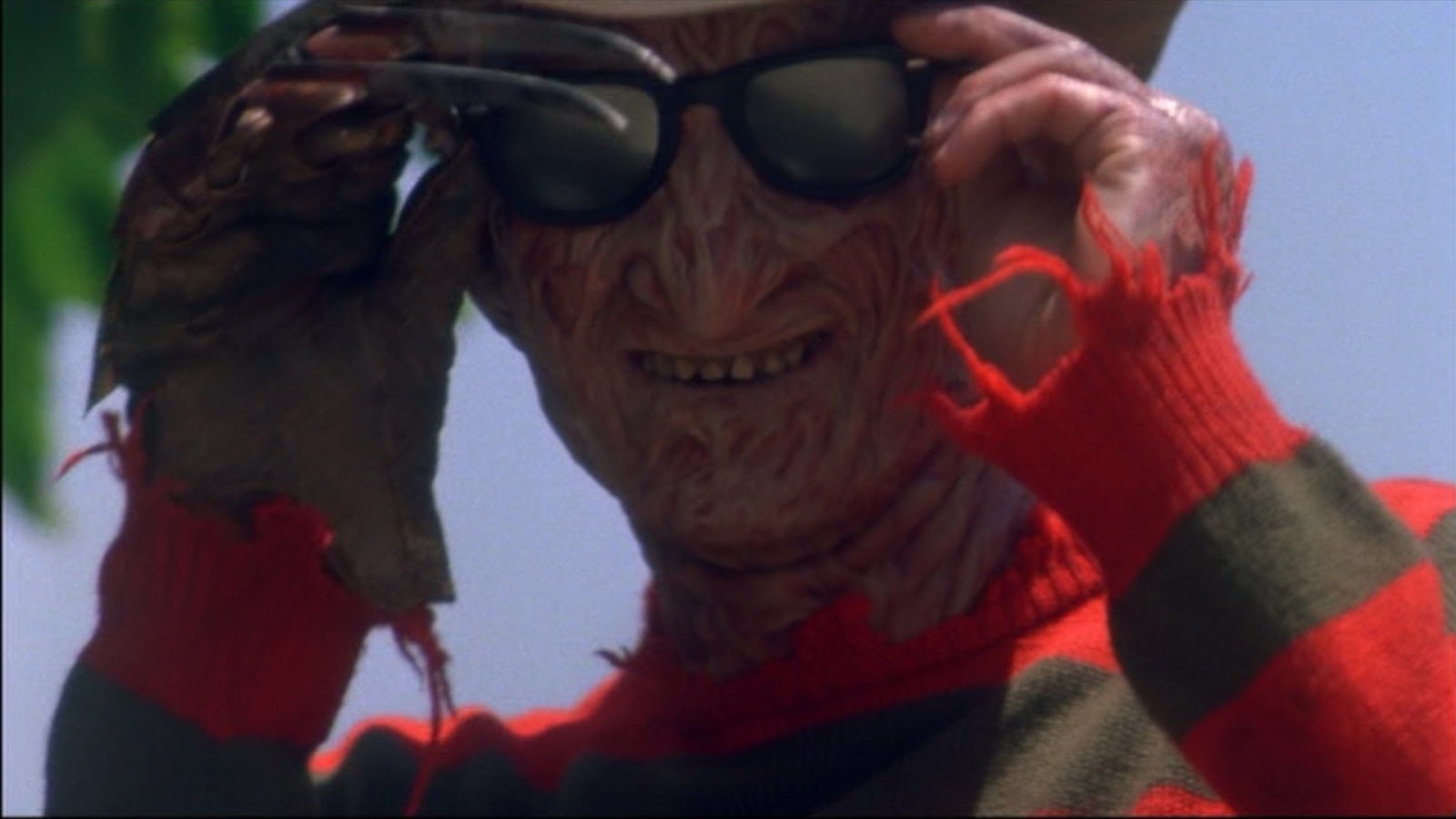
Freddy stood out from many other slasher icons at the time due to the fact he had a personality. Robert England gave life to the character and has portrayed Freddy for the duration of the franchise, except the reboot A Nightmare On Elm Street (2010). He was one of the few slashers who had the ability to speak, along with not wearing a mask. Even his weapon of choice is unique; it’s a glove tailored to wield knives, one on each finger. He likes to torture the teens, whether by cutting off his fingers or by chasing his victim through an alley where he can manipulate it to his liking. He has an energy, almost like he enjoys the torturing and murdering of the teenagers, along with the dark sense of humor, he seems excited to kill.
Freddy Krueger In The Nightmare Franchise
Throughout the series, Freddy becomes more of a goofball by breaking the fourth wall many times in the films. Even the way he tortures his victims gets stranger; where before, he would manipulate the dream into becoming the setting of a boiler room to having elaborate settings like a castle or a video game.
In A Nightmare on Elm Street 5: The Dream Child (1989), he created a dream for a comic-book-loving kid where he was a superhero. He killed him off by becoming Super Freddy, a prime example of how comical he became. He was one of the most popular characters during the late ’80s showing up in talk shows, music videos, and video games. Despite how goofy he became, he still is “one of the most recognized figures in all of Pop Culture” (( Janisse, James A. “A Nightmare On Elm Street (1984) Kill Count.” YouTube, 19 Jan. 2018. )).
A Nightmare on Elm Street (1984) Is A True Psychological Horror Film
The whole goal for Nancy and the characters of A Nightmare on Elm Street (1984) is to try not to stay asleep or else they will die. The audience watches as Nancy struggles to stay awake, but as many people know, sleep is an important function. “Sleep is an essential function that allows your body and mind to recharge” (( Pacheco, Danielle. “Why Do We Need Sleep?” Sleep Foundation, 9 Dec. 2021. )). The characters try everything in their power to stay awake, like having a coffee maker in their room or watching television throughout the night. They stay awake so long that the line between being asleep and awake is blurred where it is unsure if the characters are dreaming or not. Take, for instance, Nancy’s boyfriend, Glen Lantz’s, death, where he’s watching tv to stay awake. Then Freddy’s hand takes him into the bed where he is killed, and tons of blood is sprayed all over the bedroom.
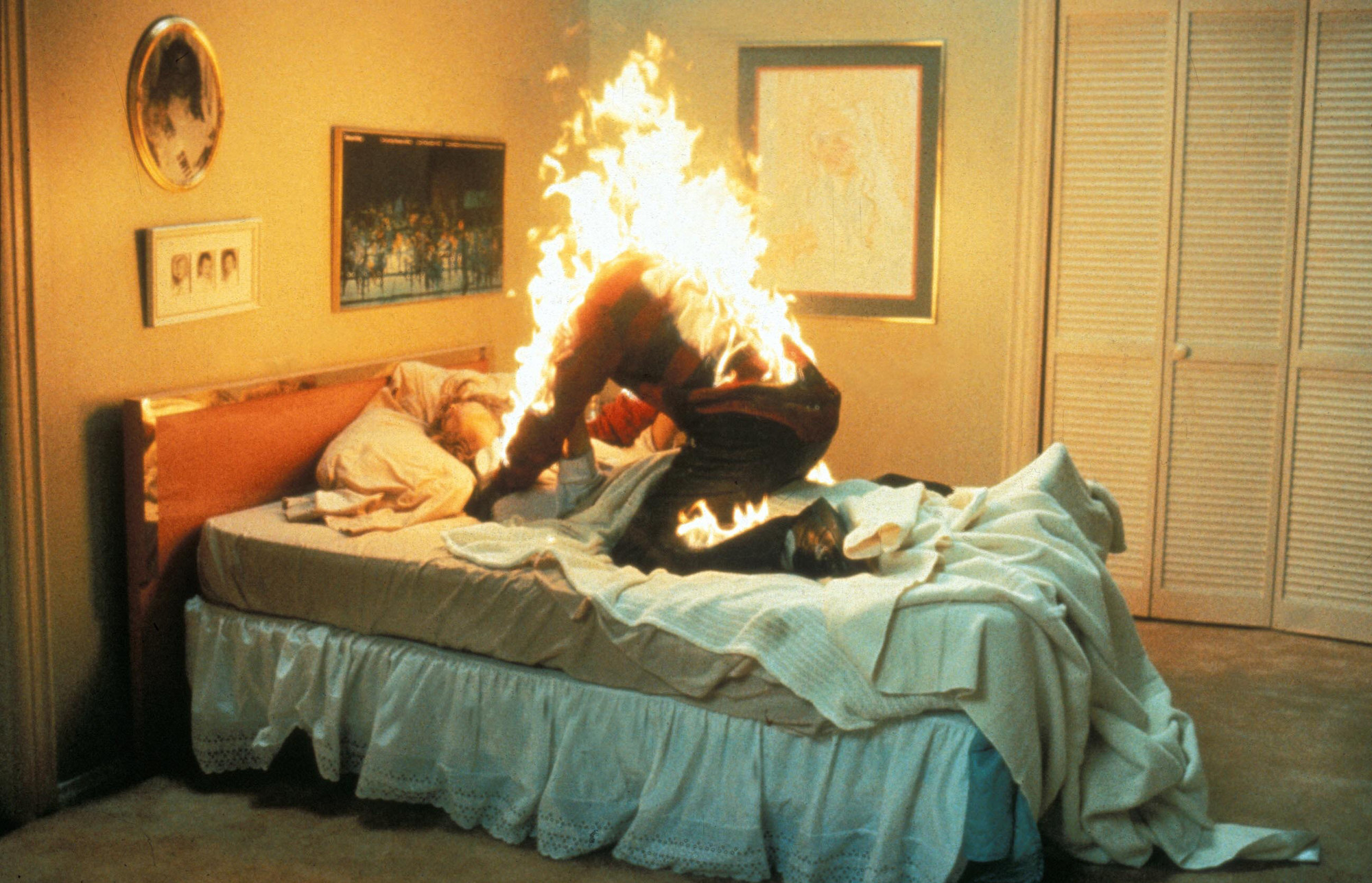
The parents of the film don’t seem to believe that their teenagers are in danger. Whenever Nancy tries to communicate to her parents about the situation, they keep denying that they ever knew someone by the name of Freddy Krueger and claim that she’s safe. It is a form of gaslighting, trying to deny every piece of evidence Nancy finds, although they do this to protect her. The gaslighting makes Nancy feel alone, where she can’t turn to any adult and must rely on her own wits. Along with the fact that she can’t fall asleep, these two aspects create tension throughout the film. It keeps the audience on the edge of their seat, trying to figure out if Nancy is asleep or not.
The Ground Breaking Special Effects
Throughout the 1984 film, the victims of Freddy’s murder were all done creatively and practically, done in an imaginative way that pushed special effects and creativity during the mid-’80s. As previously mentioned, Glen’s death was a spectacle to see but also a hassle to film on-set. A prime example of this is one of the most famous deaths in the franchise and all of horror: Tina’s death.
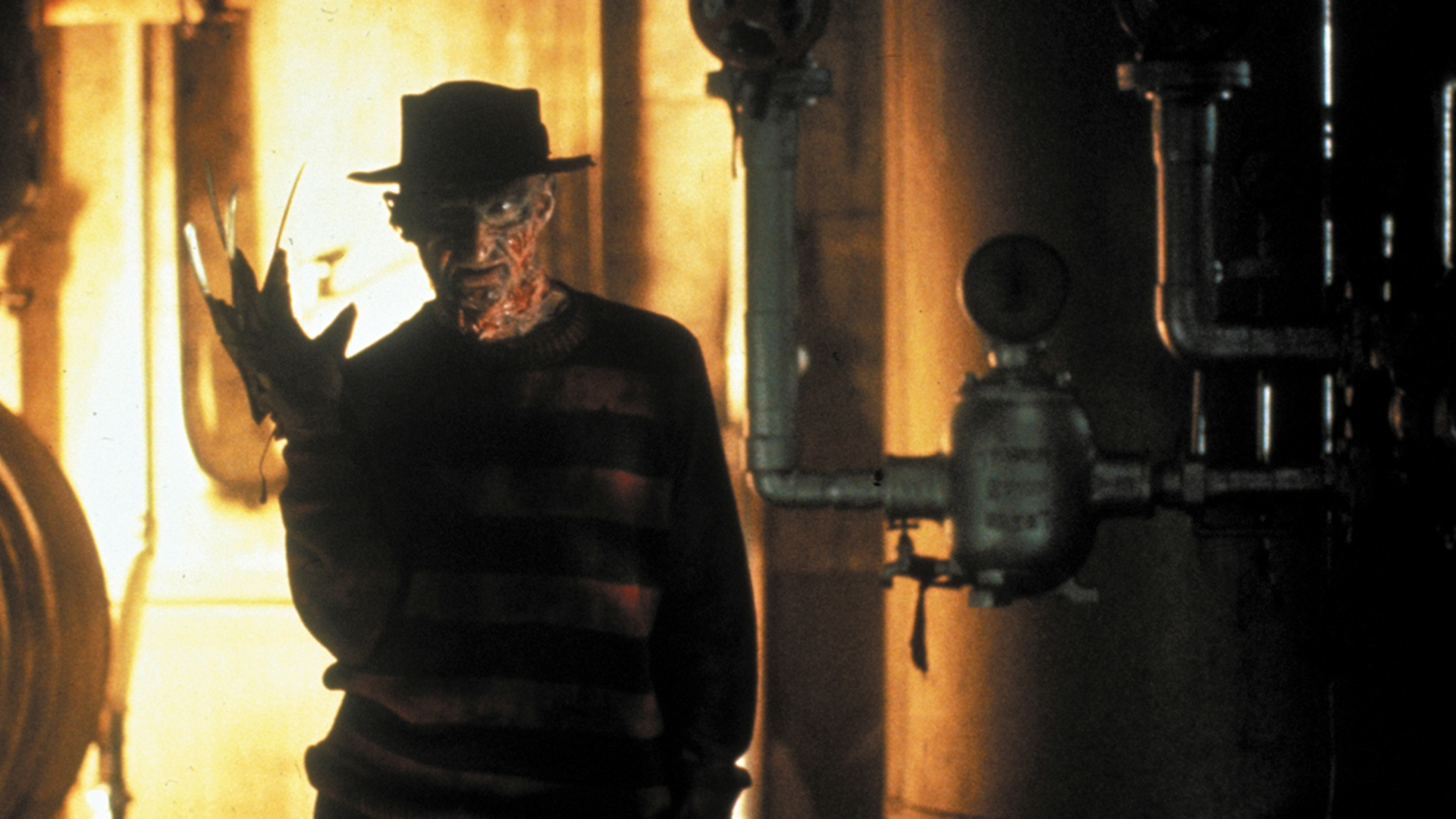
The death takes place in Tina’s dream, where Freddy is slashing at her with his glove. Her boyfriend, Rod, witness this as he sees laceration marks appear on her body while she also starts to levitate into the air. She’s slammed into the wall and slowly starts to ascend to the ceiling, where she cries out to save her. The special effects team accomplished the kill by having a rotating room and nailing down all the future along with cameras as they rotate it. This practical effect was the same set-up that they achieved Glen’s death and shows how much work they put into this first film.
Shaping A New Horror Genre
A Nightmare On Elm Street (1984) was a key milestone in the slasher sub-genre and horror as well. It showed that with a creative mind, the plot of a slasher film could be compelling and have the audience on the edge of their seats with phycological horror elements sprinkled in it. Moreover, it showed that a unique character could arise from the said film that stands the test of time with interesting powers and abilities. Many of the horror films we see today have very similar elements that were in A Nightmare On Elm Street (1984), and we have Wes Craven to thank for that.
